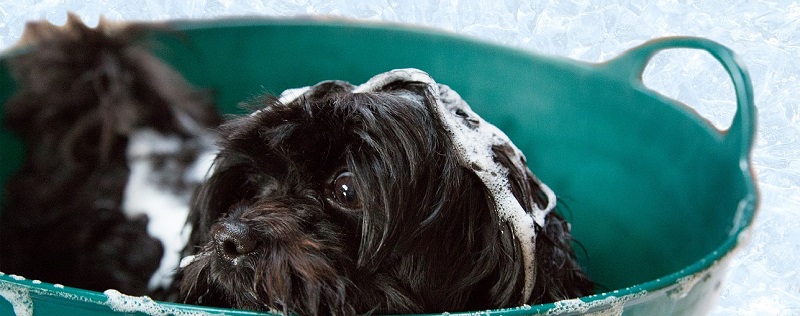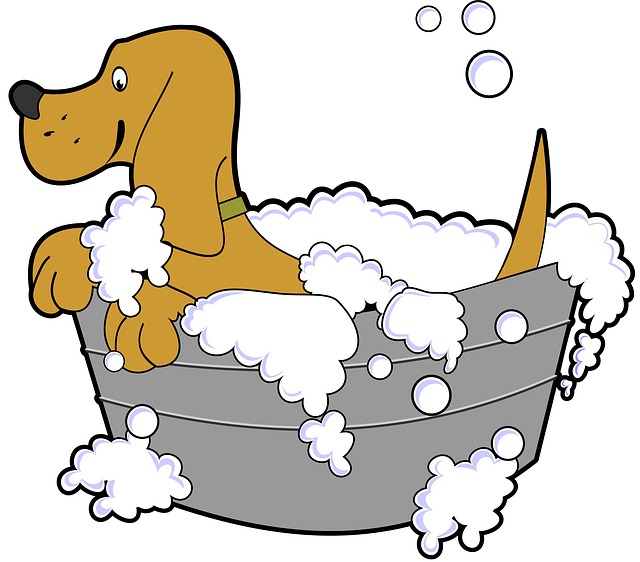Demonstrative Speech Outline

This demonstrative speech outline will help you organize your steps and make writing your demonstration speech easier. Just fill in the blanks above the examples given. Choose from our demonstration speech topics if you still need an idea then return here to get started on your draft.
This outline example below on "how to groom your dog" is simple, yet has all of the steps you need to include in your speech preparation to develop a quality demonstrative presentation.
It's easy to 'customize' the guide below to suit whatever topic or skill you plan to demonstrate.
Start of Demonstrative Speech Outline
Identify the Purpose and Central Idea
First, writers should identify the purpose of their presentation and the thesis. Identifying these elements guides the speech writer's research and narrows the focus. After collecting the data needed to complete the draft, it's easy to plug in the purpose and thesis to help generate the introduction and conclusion.
General Purpose: ____________________
Example - To demonstrate
Specific Purpose: ____________________
Example - To demonstrate how to groom your dog (replace with your topic) well.
Central Idea or Thesis: ____________________
Dog owners can save money and bond with their pet if they groom their dog.
Frame the introduction

Every speech needs an introduction. Most speech excellent introductions follow a pattern that includes an attention grabber and a hook, development of a theme, a thesis statement, foreshadowing of the main points, and a transition into the body of the speech. However, the introduction for a demonstrative speech outline might be relatively short compared to a formal informative or persuasive speech. At a minimum the introduction should introduce the audience to the central idea.
Attention device: ____________________
Example - How much money do you spend on getting your dog groomed? $30, $40, $50 or more?
Theme: ____________________
Example - Saving Money
Foreshadowing/overview: ____________________
Example - Today I will demonstrate how to groom your dog at home properly.
Thesis statement: ____________________
Example - You can save money and bond with your pet if you groom your dog yourself.
Hook: ____________________
Example - This will not only save you money, but it will also help create a stronger bond between you and your furry friend! (Combined here with the thesis statement or central idea.)
Develop the Body: (Use at least 3 main points)

The body of your demonstrative speech outline comprises the nuts and bolts. Arrange you outline with at least three points. If the demonstration of steps is extensive, consider dividing the process into three parts that comprise each of the main topics. If the method demonstrated is short, consider adding features consistent with the thesis such as: explaining the background of the technique, answering FAQs, providing alternatives, giving ideas for using the skills gained, or other useful information.
Main topic # 1: ____________________
Example - 1. Gather Materials
Sub-points: ____________________
Example -
a. Brushes (explain different types of brushes for different dogs)
b. Towels
c. Nail Clippers (demonstrate how to clip nails without cutting the quick)
d. Cotton
e. Special Ear Wash for Dogs
f. Shampoo
Transition: ____________________
Example - Now that we have all the grooming equipment, we need a dog! Here Fido!
Main topic #2: ____________________
Example - 2. Grooming steps
Sub-points: ____________________
Example -
a. Brush dog to get rid of excess and matted hair
b. Clean the ears with Cotton and Ear Wash
c. Wash/dry dog
d. Clip nails
Transition: ____________________
Example - With Fido being all clean, it's time for celebration!
Main topic #3: ____________________
3. After Grooming
Sub-points: ____________________
Example -
a. Praise Fido for being such a trooper
b. Give Fido a treat
c. Pet Fido for a while and do the bonding thing
Transition: ____________________
Example - Doesn't he look fabulous and happy?
Summary and Conclusion of the Demonstrative Speech Outline

In this final part of the outline, it is time to summarize what the audience has learned from your presentation and issue a call for action. Like the introduction of a demonstrative speech, the conclusion might be shortened in appropriate circumstances by only giving a brief restatement of the central idea. A formal ending includes a reiteration of the thesis, summation of the main points, a tie-in to the theme, and a clincher. These elements do not have to be complicated, but thinking about each can help create a powerful ending.
Conclusion
Summary: ____________________
Example - Grooming your dog is pretty simple. Just gather all the materials you need, then brush out the excess or matted hair, clean the ears, wash/dry Fido then clip his nails. The 'after grooming' stage is will probably be your pooch's favorite - so don't forget to praise and pet him or her!
Tie-in to the theme: ____________________
Restate the thesis: ____________________
Example - Although grooming your own dog may take a bit more time than just leaving him at the groomer's, doing it yourself is a great way to save money and for the two of you to connect more deeply. (This example combines the theme of money with the thesis.)
Clincher: ____________________
Example - What could be better than that!
End of Demonstrative Speech Outline
Using an outline like this will help you organize your ideas and the flow of your demonstration. In turn, knowing that you are organized will relax you, giving you the confidence you need to deliver an excellent presentation and actually enjoy doing it.
The more detailed you can make your demonstrative speech outline the easier it will be to deliver your "how-to-speech."
Need More Inspiration?
Here's another demonstration speech outline on scrapbooking that I hope you will find helpful.
